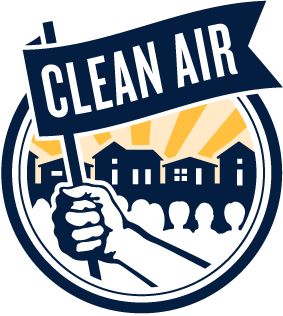Noise Pollution in Seneca-Babcock
This post is written by our spring intern, Clover Kagle
In summer of 2023, one of our members went to four sites (Selkier, Melton, Peabody, and Babcock overpasses) to record and monitor noise pollution data along major throughways. The data was recorded 12 feet from the throughway with an LG v60 Thin Q using the SoundMeter application. Noise pollution recorded with this setup had a peak reading of 115 dB. The time of recording was also noted with most of the recordings done between 12:00pm – 8:00pm.
The recorded sites all reached the peak of 115dB frequently, and had an average of measurements of typically 90-100dB. Nearly all recorded data points at most times of the day had an average measurement of above both the chronic exposure safety threshold of 70dB, and the two hour acute safety threshold of 90dB, as designated by the CDC. The CDC also outlines a number of health-related outcomes when citizens are exposed to high levels of noise pollution. Among these are increased anxiety, blood pressure, and hearing loss.
Some of these conditions can be deadly – excessive, persistent noise is a public health condition which can kill!
Pedestrian hostile environments, such as those created by noise pollution, are often unsuited for accessible living. Individuals without access to a car must choose between commuting alongside these noisy streets (on bike or on foot) or using expensive ride sharing services like Uber. While public transit does exist, current service levels and area coverage are inadequate to serve all residents of our region – even city residents, who may prefer to use public transit, are often forced to rely on personal vehicles or taxi services to reach areas outside the city.
In 1972, the Noise Control Act was passed in order to attempt to bring down rising noise levels in cities.
To this day there is no federal replacement or funding for the Noise Control Act, and legislation is typically left up to local municipalities, which often lack the means for enforcement such as expensive noise monitoring equipment.
To remedy this issue, funding for enforcement of this act needs to be reallocated by our congressional representatives to give the EPA the ability to monitor and regulate noise pollution in cities.
RSS 2.0 feed. Both comments and pings are currently closed.

